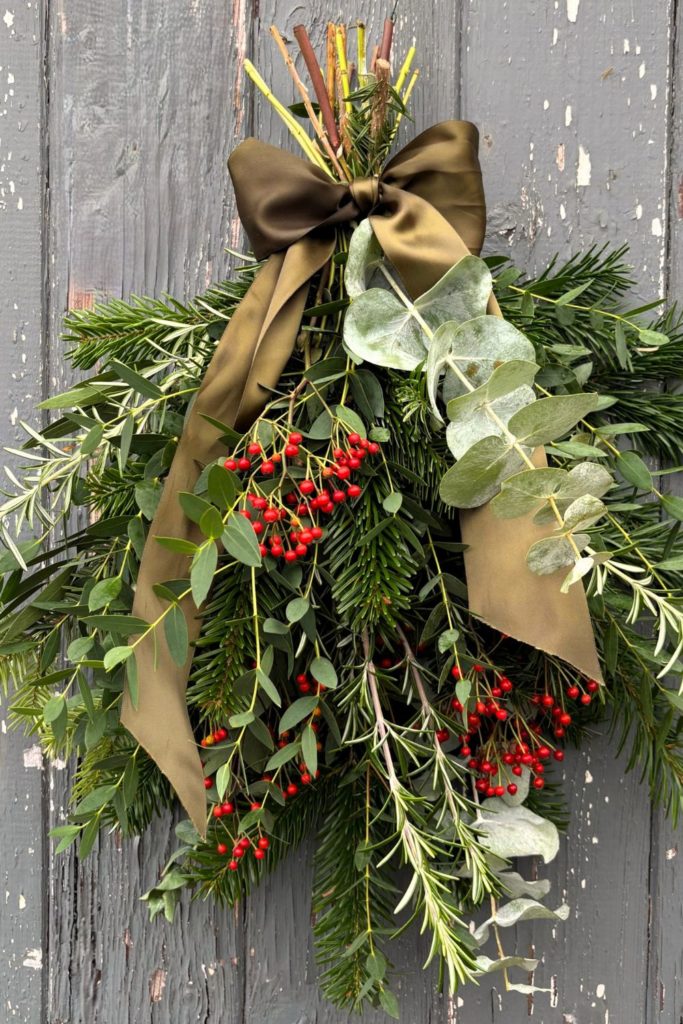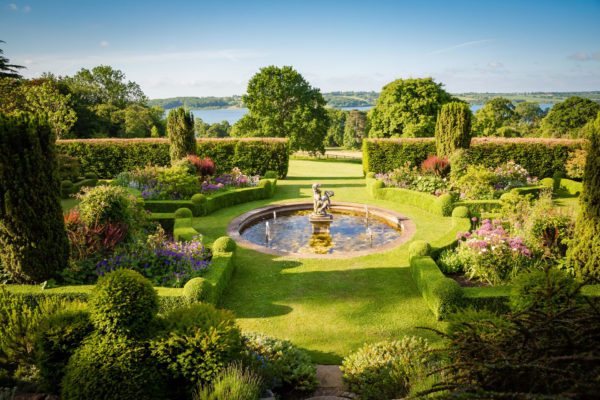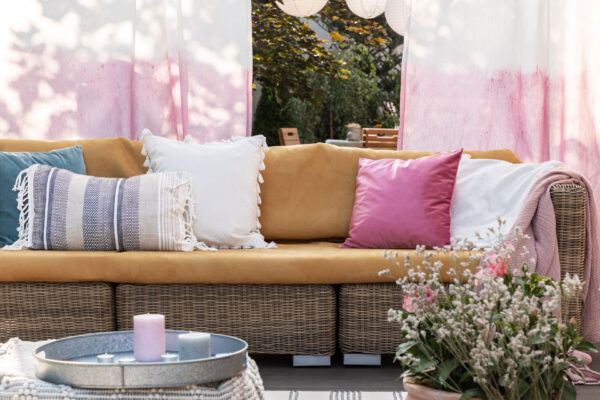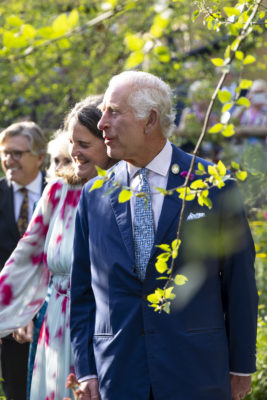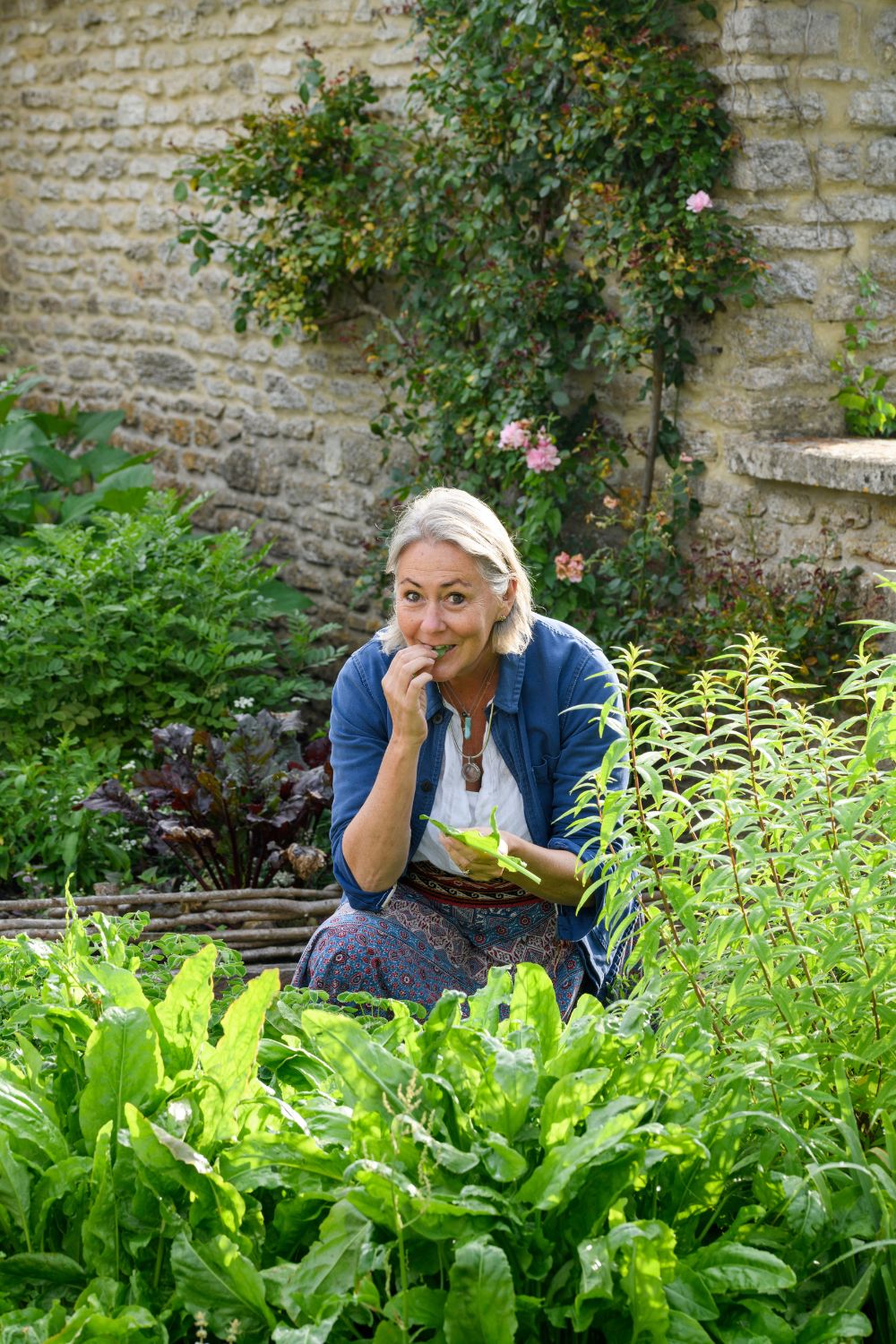
Landscape Architect Marian Boswall Teaches Us How To Reconnect With Nature
By
4 months ago
The first step we can all take towards regenerative gardening is to be kind to ourselves
Landscape architect Marian Boswall combines conservation and regeneration in gardens for historic estates, private homes and community sanctuaries which are as beautiful as they are biodiverse.
A Landscape Architect’s Guide To Regenerative Gardening
Like many people compelled to act to protect the natural world, I went through a portal of pain about 30 years ago that created a paradigm shift for me. In the introduction to The Kindest Garden I speak about the deep connection and oneness I experienced one night when I slept outside aged four. I have always loved being outside. When my second daughter died, I gave up a high-powered job as a management consultant to return to that sense of oneness and wonder you can feel in nature, and which I try to bring to every garden I co-create.
I have always gardened organically. As a historic gardens conservation specialist I have a deep respect for the land, for craftsmanship and local vernacular, and my studio works on large-scale land restoration, creating nature corridors and rewiggling rivers. Then several years ago I spoke on land energy at a conference and a large-scale grower came to me at the end with tears in her eyes to tell me my talk had deeply resonated. She had her agricultural soil tested every year to measure how much fertiliser to add to raise thousands of hectares of vegetables for supermarkets. This time, the readings said her land was essentially dead. ‘We are growing our food in a chemical soup,’ she said. ‘What do I do?’ I realised I needed to take a deep dive into soil and the most progressive regenerative growing knowledge to be able to answer her question – and from there to be part of the long-term solution. I spent a couple of years studying with world-leading soil biologist Elaine Ingham, agroecologist Nicole Masters, and talking to people at the forefront of regenerative practices. Then I just had to share it.
This time of year it’s all about revelling in the fruits of the land; lots of sitting outside in the evenings or reading under a tree. In the veg garden there are leafy green salads, tomatoes, cucumbers and lots of flowers like calendula, borage and nasturtium for salads and teas, and wild sorrel and chicory from the lawn and woods. Weeds like chickweed and fat hen will be added to salads as well as ground elder for risottos, and meadowsweet and wild strawberries for teas and sweet syrupy deserts.
I find inspiration everywhere. Last week I was working on a garden in Braemar, Scotland, and was inspired by the way the water falls and pools around the rocks in the river Clunie. This morning it was the striations of the clouds across the sunrise and the different layers of sound between the nearby wren and the far-off cuckoo. I listened to poet Sir Ben Okri last weekend talk about the way we talk or write in codes and how artists can transcend those codes to share ideas, and thought how that applies to landscape design too.
We source our plants from Palmstead, How Green, Beth Chatto and Hillier, people we have worked with for many years. We love English-grown trees for projects in England, so we love using New Wood Trees in Devon. We’ll use Kent Wildflower Seeds and Emorsgate for seeds, and David Austin for roses. A trip to Derry Watkins or one of the specialist nurseries at the Great Dixter Plant Fair (4-5 October) is always a treat to find something special.
When it comes to garden furniture, we tend to seek out ancient troughs and pieces that look as though they have always been there, and love working with Henry White at Reclaimed Design who finds stunning timber or gates that we have used for boardwalks and benches. Sebastian Cox is a favourite for contemporary pieces made from local woodlands; we’ve placed some outside the new winery at Domaine Evremond in Kent. And we love using Edward Bulmer paints as they are very earth friendly and the colours are heavenly.
As to my gardening uniform, I am often in my favourite Acre & Holt sleeveless tunic; it is made from natural wool tweed and has usefully reinforced pockets. Designed by Zara d’Abo and woven in a family mill in the Scottish Borders, the tunics are made up in small runs by local seamstresses in a workshop in Frome. The pocket will usually have a copper trowel poking out of it, made by Implementations, based at the biodynamic centre at Waltham Place. My clothes are generally made or found, which often means an Indian sari wrap skirt made up for me locally in Kent or a Nepalese hemp top from Totnes market. Shoes are Vivobarefoot unless I need steel toes.
The first step we can all take towards regenerative gardening is to be kind to ourselves and ditch the comparative mindset and all the excess shopping that comes with it. We can start eating nutrient-dense food, grown or foraged without chemicals – and then use a bokashi bin or wormery to turn the waste food into soil food and then use that to create healthy soil. This soil will hold onto water when it floods, lock up carbon and create healthy plants to support lots of wildlife or be eaten by us again. The microbes in our guts and our soils are very similar, so it’s important to reduce the chemical pollution and plastic put into both.
Introduce pollinator friendly plants to your gardens. Plant families have different shaped flowers that appeal to different pollinators, so I would always choose from a variety of families, which also helps build a resilient ecosystem. Starting with the generalists with their wide-open flowers – these are the party flowers, with everyone welcome and nectar on tap: I’d have asters or knapweed, and something from the lamiaceae family like marjoram. Umbellifers are also covered in insects in the summer and so add some cow parsley, ammi, angelica or orlaya. And to cater for long-tongued bees and moths who like tubular shapes add clover, foxgloves or honeysuckle.
Take a moment to look at the plants, flowers, insects and birds around you. I am always moved by the way nature shows us that there is always enough – and we just need to trust and learn how to work with it.
The Kindest Garden: A Practical Guide To Regenerative Gardening is out now (£25, Quarto)




